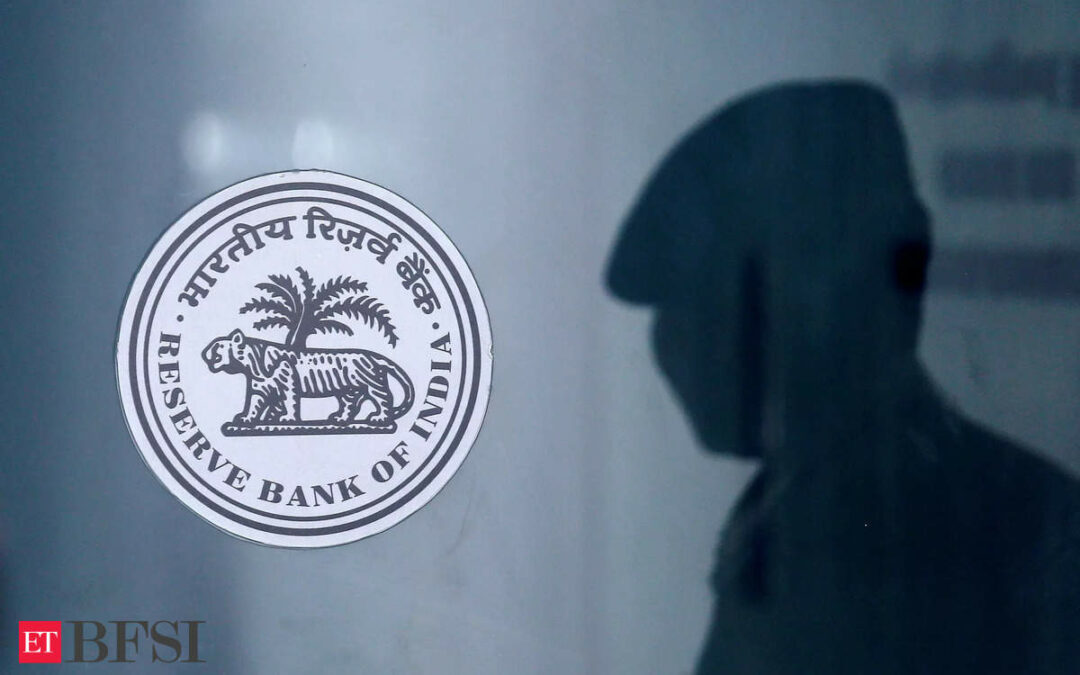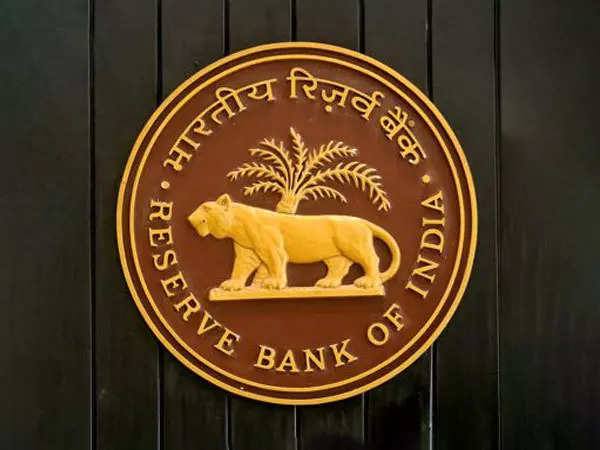The Reserve Bank of India (RBI) has established a comprehensive framework for redressal of complaints against entities regulated by it, including banks, non-banking finance companies (NBFCs), digital payment operators, and other financial institutions.
There are various levels of the complaint redressal process and the first is direct resolution where customers can approach the concerned entity’s grievance redressal officer or customer service department. The entity resolves the complaint within a specified timeframe (usually 30 days).
The second level is the RBI Ombudsman where if the customer is not satisfied with the entity’s response, they can file a complaint with the RBI Ombudsman. The Ombudsman investigates and resolves the complaint within 30 days.
The next level is the RBI’s Central Consumer Protection Council (CCPC) in which, if the customer is not satisfied with the Ombudsman’s decision as well, they can appeal to the CCPC. The CCPC reviews the case and passes a final order.
The fourth level is the RBI’s Consumer Education and Protection Department (CEPD). In cases where the CCPC’s order is not implemented, customers can approach the CEPD. The CEPD ensures compliance with the CCPC’s order.
What to do if you have a complaint?
If a consumer has a complaint against a regulated entity by the Reserve Bank of India (RBI), they can follow these steps:
They can approach the entity’s customer service, reach out to the entity’s grievance redressal officer or customer service department to resolve the issue.
They can further file a complaint with the RBI Ombudsman if the entity doesn’t resolve the issue.
How to lodge a complaint with the RBI Ombudsman?
A consumer can file a complaint with the RBI Ombudsman through its online portal, which is cms.rbi.org.in or through its email which is crpc@rbi.org.in or can even post a complaint letter to its postal address — RBI Ombudsman, Central Office, 4th floor, Amar Building, Sir PM Road, Fort, Mumbai – 400001.
The consumer can also utilize online resources, which is RBI’s Complaint Management System (CMS): cms.rbi.org.in and RBI’s website: rbi.org.in
The consumer must keep all records of all correspondence and transactions related to the complaint. RBI’s complaint redressal mechanisms aims to provide a fair and efficient resolution process for consumers.
What can the Consumer do if not satisfied with RBI Ombudsman resolution?
The consumer can further appeal to RBI’s Central Consumer Protection Council (CCPC) if the Ombudsman’s decision is unsatisfactory. The consumer can appeal to the CCPC within 30 days.
Further, if the CCPC’s order is not implemented, the consumer can reach out to the RBI’s Consumer Education and Protection Department (CEPD) for assistance.
What are RBI’s initiatives to enhance its redressal framework?
The RBI has introduced few initiatives to enhance complaint redressal.
The first is RBI’s Complaint Management System (CMS) which is an online portal for filing and tracking complaints. The second is RBI’s Integrated Ombudsman Scheme which is a unified framework for resolving complaints across various financial institutions and the third is RBI’s Consumer Protection Cell which is a dedicated department for handling customer complaints and grievances.
What is the RBI Ombudsman approach?
The RB-IOS adopts a ‘One Nation One Ombudsman’ approach for all complaints against any RE. Its not necessary for a complainant to identify under which Ombudsman scheme/office, he/she should file a complaint with the Ombudsman.
RBI’s complaint redressal framework aims to provide a fair, efficient, and responsive mechanism for resolving customer complaints against regulated entities.












